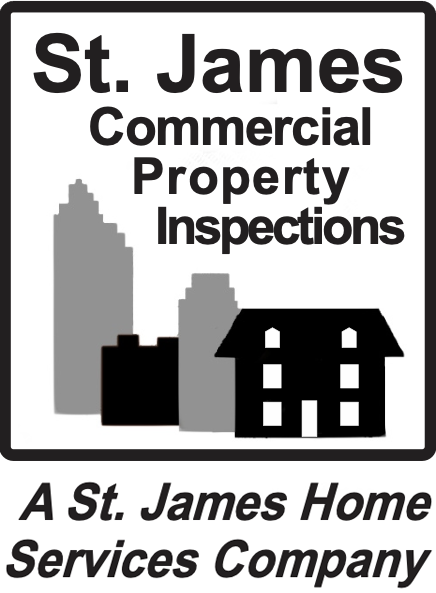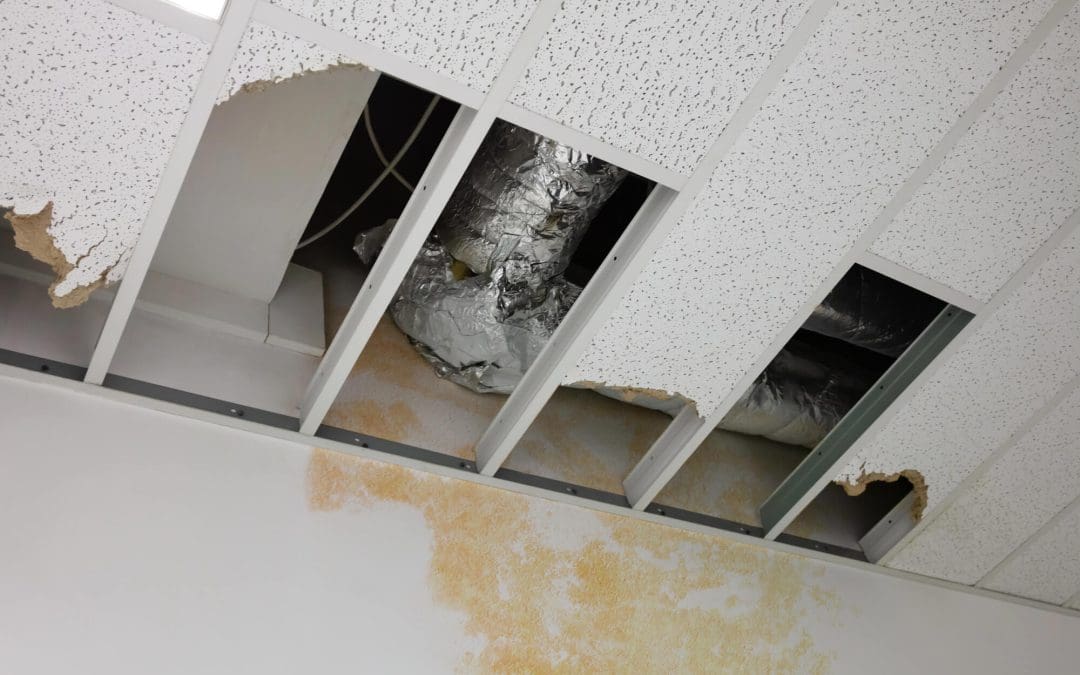Water damage can be a devastating issue for commercial property owners. Whether it’s from a burst pipe, heavy rainfall, or faulty equipment, water damage can lead to costly repairs, downtime, and potential health hazards. Knowing how to recognize the signs, take preventative measures, and respond quickly can save you from significant losses. In this post, we’ll explore the causes of water damage in commercial properties, ways to prevent it, and how to recover if it happens.
Common Causes of Water Damage in Commercial Properties
Water damage in commercial buildings can stem from a variety of sources. Understanding these causes is key to preventing and mitigating damage.
1. Plumbing Failures
One of the most frequent causes of water damage is plumbing issues. A burst pipe, leaking faucet, or broken valve can cause extensive damage if not addressed immediately. In older commercial properties, aging pipes are especially prone to corrosion and breaks. Routine maintenance of the plumbing system can catch early signs of wear and tear before they escalate.
2. Roof Leaks
Commercial properties often have large, flat roofs, which can accumulate water during heavy rainfall or snow. If the roof isn’t properly maintained, leaks can form, causing damage to ceilings, walls, and even electrical systems. Routine roof inspections and ensuring proper drainage systems are in place are essential steps in avoiding roof-related water damage.
3. Faulty HVAC Systems
HVAC systems can be another source of water damage. Condensation lines and drains within the system can become clogged, causing water to back up and leak into the building. Regular inspections and cleaning of HVAC units can help prevent these issues. It’s especially important in buildings where HVAC systems run year-round.
4. Natural Disasters
Flooding due to natural disasters such as hurricanes, heavy rains, or rising water levels can be catastrophic for commercial properties. While natural disasters are unpredictable, measures such as proper grading, waterproofing, and installing flood barriers can minimize damage. Property owners should also be aware of the building’s location in a floodplain and take appropriate precautions.
5. Faulty Appliances and Equipment
Many commercial properties rely on water-based equipment like dishwashers, washing machines, and water heaters. If these appliances malfunction, they can lead to significant water damage. Regular maintenance checks on these appliances can catch leaks early, reducing the risk of extensive water damage.
Signs of Water Damage in Commercial Properties
Detecting water damage early is crucial to minimizing the impact. Here are some signs to watch for:
- Discoloration on Ceilings or Walls: Water stains are a common indicator of a leak or past water damage. These stains often appear yellowish-brown and may grow in size if the issue persists.
- Musty Odors: A musty or damp smell can indicate water damage and potential mold growth, even if no visible signs are present.
- Warped Floors or Walls: Water damage can cause wood and drywall to swell, leading to warped or buckling floors and walls. This is often a sign that the water damage has been present for some time.
- Increased Utility Bills: A spike in your water bill may signal a hidden plumbing leak that needs immediate attention.
Preventative Measures to Protect Your Commercial Property
Taking proactive steps can reduce the likelihood of water damage and protect your investment. Regular maintenance and inspections are essential in identifying potential problem areas before they become costly repairs.
1. Regular Inspections
Conducting regular inspections of your building’s plumbing, HVAC system, roof, and appliances is one of the best ways to prevent water damage. These inspections can identify leaks, corrosion, or areas that need repair before they become larger issues.
2. Upgrade Aging Infrastructure
If your commercial property has outdated pipes, it might be time for an upgrade. Modern plumbing systems are designed to withstand more pressure and last longer than older systems, reducing the chances of sudden failures.
3. Install Water Detection Devices
Water detection devices can be installed near key areas prone to leaks, such as around plumbing fixtures or near water-based appliances. These devices will alert you to the presence of water before it causes significant damage.
4. Ensure Proper Drainage Systems
Proper drainage is essential to prevent water accumulation, especially on flat roofs and in parking areas. Regularly clean out gutters and drains to ensure they are functioning correctly, and consider adding waterproof membranes or coatings to areas prone to leaks.
How to Recover from Water Damage
Even with the best precautions, water damage can still occur. Knowing how to act quickly in the aftermath is essential to minimizing losses and getting your business back on track.
1. Act Quickly
When water damage occurs, time is of the essence. The longer water sits, the more damage it can cause, and the greater the potential for mold growth. As soon as water damage is detected, shut off the water source if possible and call in a professional restoration team.
2. Contact a Water Damage Restoration Professional
Water damage restoration professionals have the tools and expertise to properly dry out the affected areas, assess the damage, and begin repairs. They can also help with mold remediation if necessary.
3. Document the Damage for Insurance
Be sure to document all visible damage before any repairs are made. This includes taking photos and writing a detailed report of the affected areas. This documentation will be critical for insurance claims and getting the necessary compensation.
4. Prevent Future Damage
Once the water damage has been repaired, it’s important to identify how it occurred and take steps to prevent it from happening again. This might involve improving drainage, upgrading your plumbing, or installing new appliances.
The Importance of Commercial Insurance
Commercial property insurance is an essential part of managing risk for water damage. While not all policies cover every type of water damage, many provide coverage for damage caused by burst pipes, storms, or equipment failure. It’s important to review your insurance policy and understand what is and isn’t covered, so you’re prepared in the event of an emergency.
Water damage in commercial properties can be costly and disruptive, but with regular maintenance, quick action, and a solid insurance policy, you can mitigate the risks. Being proactive about inspections and upgrades will go a long way in preventing water damage and protecting your commercial property from unnecessary damage and downtime.
FAQs
Can landscaping around the building affect the risk of water damage?
Yes, landscaping plays an important role in water management. Poorly graded land can cause water to flow towards your building’s foundation, leading to basement flooding or foundation damage. Ensure your property is graded away from the building and install proper drainage systems to handle excess water.
How long does it take to fully dry out a commercial building after water damage?
Drying times vary depending on the extent of the damage, the building materials affected, and the drying methods used. In general, it can take anywhere from a few days to a few weeks for a commercial property to dry completely. Industrial fans, dehumidifiers, and professional-grade equipment can speed up this process.
What types of water damage are typically excluded from commercial property insurance policies?
While most commercial property insurance policies cover sudden water damage from burst pipes or equipment failure, they often exclude damage caused by long-term leaks, lack of maintenance, or natural flooding. To cover flood damage, you’ll need a separate flood insurance policy tailored to your location’s risk.
What is the best way to protect inventory and equipment from water damage in a commercial building?
To protect inventory and equipment, keep valuable items off the ground, especially in basements or ground-level areas prone to flooding. Use waterproof storage containers for sensitive items and install shelving systems that elevate critical equipment above flood-prone areas. Installing water sensors in high-risk areas can also provide early warnings.
St. James Commercial Property Inspections provides comprehensive commercial inspections in Durham, Alamance, Caswell, Chatham, Franklin, Granville, Orange, Person, Vance, and Wake Counties of North Carolina. Contact us to schedule our services.

